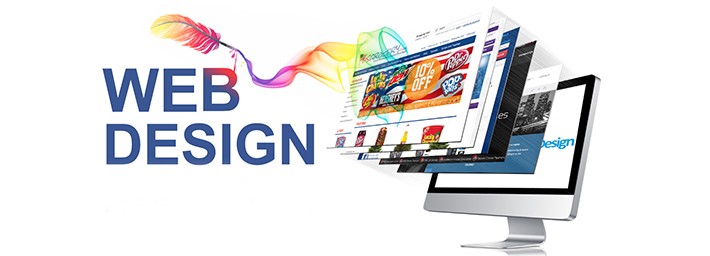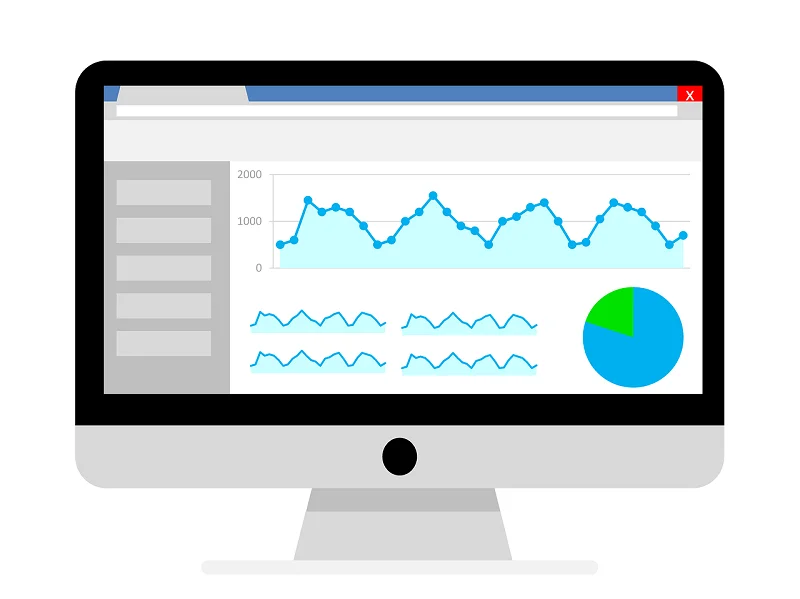When it comes to the job description of a website designer, there are many similarities and differences between this role and those of other design-related positions. These professionals need to understand HTML, CSS, and JS. They must also have excellent communication and presentation skills. If you have an eye for design, you may be able to find a job that closely resembles your skills.
User Experience UX Designer
A UX Designer is a person who works to improve the experience of the user, which is also referred to as the “user experience”. This job title is closely related to website design and involves evaluating usability and user interactions. This role focuses on design, navigation, and feel, which all affect the overall usability of a product or service.
Good UX design ensures a pleasant user experience and can earn your business loyal customers. A UX Designer is responsible for the user’s experience in a website, mobile app, or any other technology. They must take into account the user’s journey through the product and determine how it can improve the overall experience.
To do this, UX designers often use storyboards or other tools to map out the user’s journey. A UX designer can also be a UI designer and design wireframes or prototypes. Prototypes are often tested with real users, so if there is a problem with the product or service, the designer will make the necessary changes to ensure a smooth user experience.
In Addition to Design
A UX designer also performs research on users. Users must feel that the product or service is useful, pleasant, and efficient. By neglecting this aspect of the project, designers risk losing revenue. If your business has limited resources, you can hire an experienced UX designer, train existing employees, or contract the work out to an agency. In addition, a solid user experience can attract users to a product or service, and ultimately increase sales.
The roles of a UX Designer are closely related. They are usually the same but have some differences. In some ways, they overlap and can be complementary. A UX Designer can help a company achieve its objectives, but may also be the key to creating a successful website. It’s important to distinguish between these two roles and plan for both of them to make sure that you’re not missing anything important.
User Interface UI Designer
The User Interface UI Designer role is closely related to the website designer’s role. Both are responsible for improving the user experience by ensuring that the page and steps of a website are easy to understand.
An excellent UI designer needs to be very detail-oriented and possesses good communication skills. In addition, they should possess a good knowledge of HTML, CSS, JavaScript, and JQuery. A strong understanding of technological constraints is also a necessary requirement for becoming a UX designer. While a website designer may have a specific role, the UI Designer does not have to do the profiling of users. He or she collaborates with the UX designer.
The UI designer is not responsible for analyzing the needs of customers once the website or app is created. They should be involved in the marketing team’s analysis of customer needs and relay them to the UI designer. In addition to user behavior analysis, the UI designer does not need to brainstorm visual ideas for the site or app.
User Interface
The User Interface UI Designer’s job entails transforming the brand’s identity into a webpage. The UI designer selects colors, positions page elements, and manages user interface features. The UI/UX designer also works with back-end developers to ensure the website’s functionality and looks. Full-stack developers take care of the back-end code.
The UI and UX fields are closely related. While UX is more focused on the user’s experience, the UI designer’s job is equally important. Both roles are essential to the success of any website or app. The role of the User Interface UI Designer is similar to that of a website designer but is different. If you’re a website designer, you’ll want to be a User Interface UI Designer.
Front-End Web Developer
In the world of web development, Front-End Web Developers and Website Designers both have important roles to play. Front-end web developers code designs and mockups in front-end languages to make a website functional. These developers also create clickable elements, site navigation, and content styling.
Back-end developers do the server-side programming, third-party integration, and power the database. Despite their different roles, front-end developers and website designers have a lot in common. Both types of developers work with HTML and CSS to create a user-friendly interface.
Front-end developers also implement design and functionality. Front-end developers create websites with interactive user experiences that engage users. They’re the ones who translate a mockup into a scrollable website. And because front-end developers and website designers share similar skills, they’re the perfect pair.
Responsibilities
The two major types of web developers share a similar set of responsibilities. Front-end developers code the visual elements of a website while back-end developers code the database and server. Back-end developers, also known as “full-stack” developers, have extensive knowledge of both types of web development.
However, they’re different enough from each other that some designers won’t be required to write code. Although Front-End web developers and website designers share the same general skills, their primary goals are different. Website designers focus on aesthetics, while developers concentrate on the functionality of websites.
Web designers use graphical elements and layout features to make a website appealing and intuitive to users. Web developers translate the design into functional features through a variety of programming languages. They must be comfortable using various types of software.
Visual Designer
Front-end developers and Visual Designers have very similar roles and are often employed by the same website team. These professionals share a similar level of responsibility and can often act quickly to improve a site. Moreover, they can avoid costly downtimes caused by site upgrades. As more website teams are combining these roles, Visual Designers and Front-end Developers can now have an impressive title.
A visual designer is responsible for the layout and visual elements of a website. This individual blends UI and UX design to create an interface that is both aesthetically pleasing and usable for users. Usually, they use a few tools, which can range from editing software to design software. The goal of a visual designer is to bring a brand’s image to life across various assets. The role requires good communication skills to ensure the best user experience.
Minimum requirement’s
A Bachelor’s degree in a relevant field is the minimum requirement for visual designers. Extensive knowledge of the Adobe Creative Suite is essential. Experience with other design software is preferred. An understanding of cross-platform compatibility and browser usability is also a good asset.
Finally, you must have a keen eye for detail. If you’re interested in a career in visual design, you can check out Robert Half Salary Guide, which includes salary projections for different roles. Many visual designers work with websites. Some design for intranet sites, while others design for movies, games, kiosks, and wearables.
Their job duties vary from website to project, but the general concept is the same. Visual designers typically use the same digital tools as website designers, using Adobe Photoshop, Illustrator, and InDesign to create their work. Aside from Photoshop, some may use Microsoft Office applications such as PowerPoint to make presentations.
Information Architect
The Information Architect is a person who organizes the actual content and determines the best way to serve it to users. He or she may use personas and taxonomies to organize user data and may also conduct usability tests. Information architecture supports the user experience by ensuring that content and processes are clear and easy to navigate.
The Information Architect and website designer share the same goals and collaborate closely with one another to create a site that meets users’ expectations. A good Information Architect not only helps to reduce marketing costs but also improves search engine optimization.
Websites with good information architecture are more likely to get higher search engine rankings, which is essential for any business. Good usability will lead to greater conversion rates. Poor information architecture will discourage visitors and lead to a lower conversion rate. An Information Architect is a crucial part of any website design process.
Final
The Information Architect is the person who designs the website structure. He considers back-end file structures as well as front-end interactive elements. He also creates taxonomies, vocabularies, and sachem to organize information and make navigation and content easier. He or she may also create wireframes that can be used as a reference by visual designers. Information Architects are the backbone of the website.
The Information Architect is often involved in a joint project with website designers and editorial teams. The role of an Information Architect is a vital component of a website design project and will work closely with the design, editorial, and technical teams to create a site that serves its purpose. In addition to the design, the Information Architect will often be part of a project team, and their tasks will serve as a bridge between the goals of the site and the audiences it is targeting.


